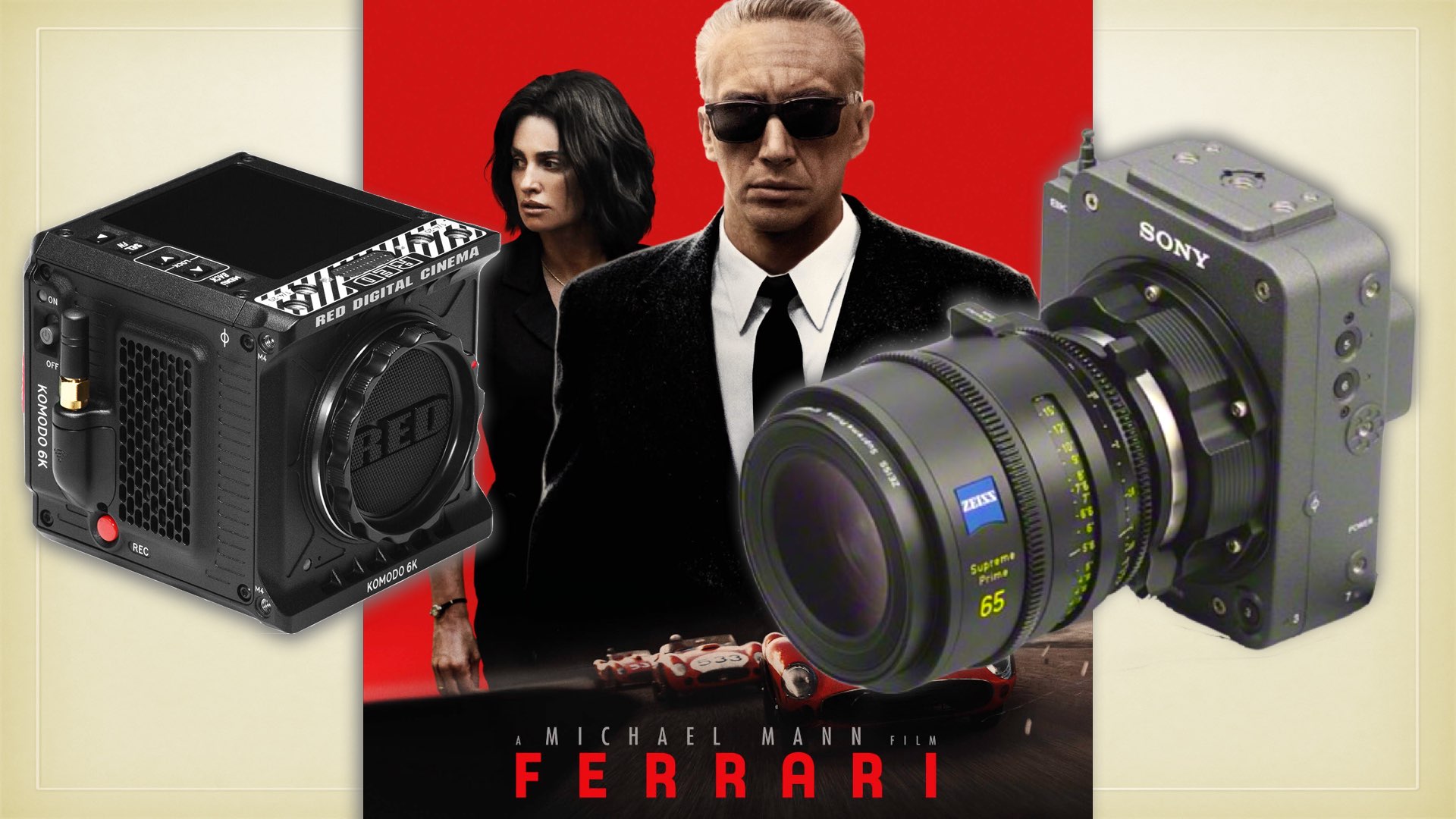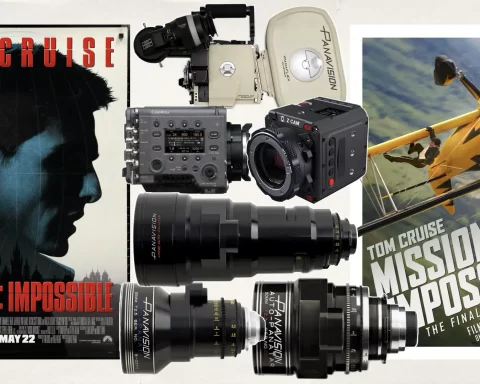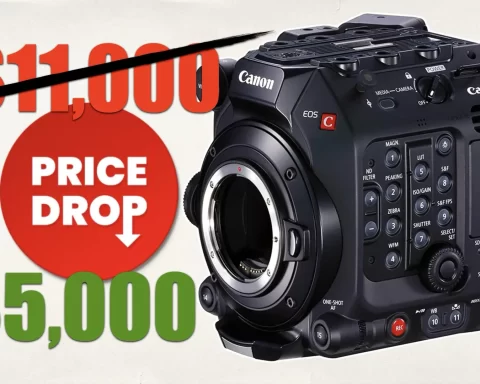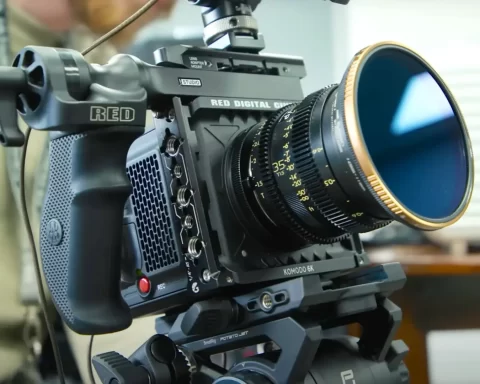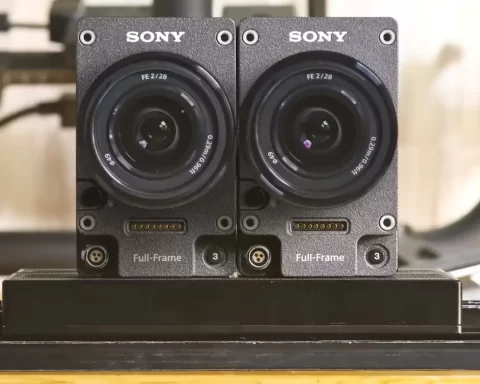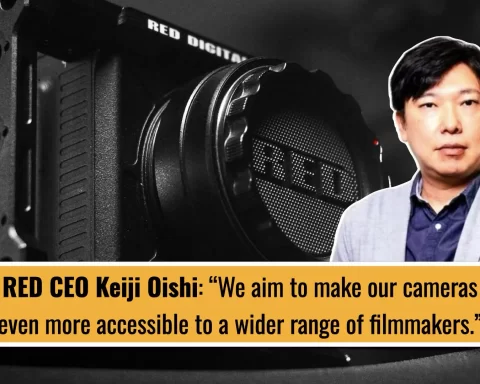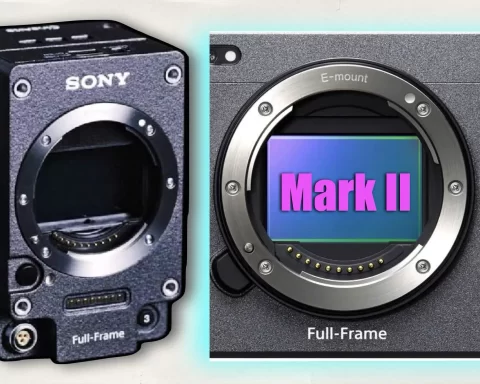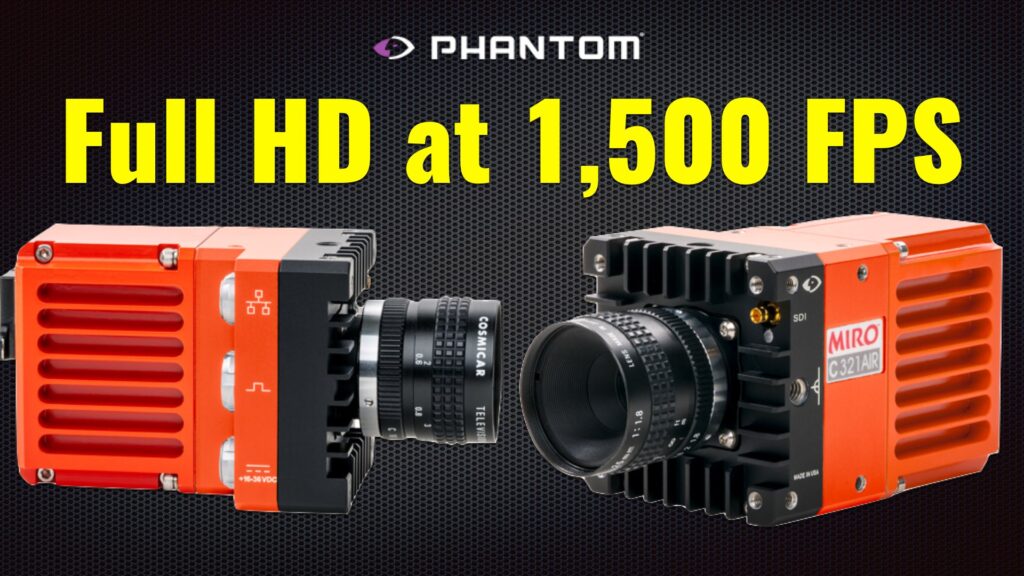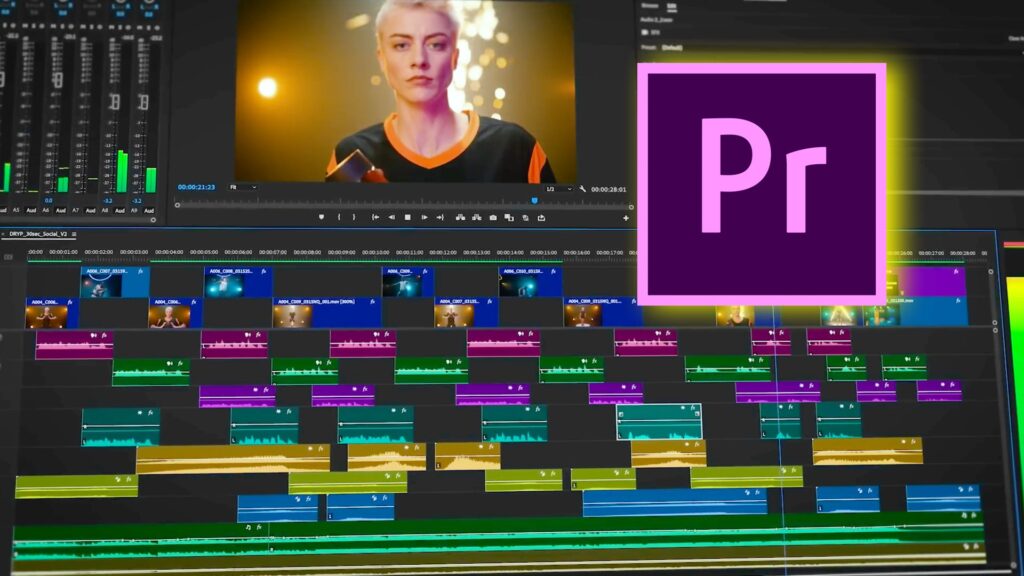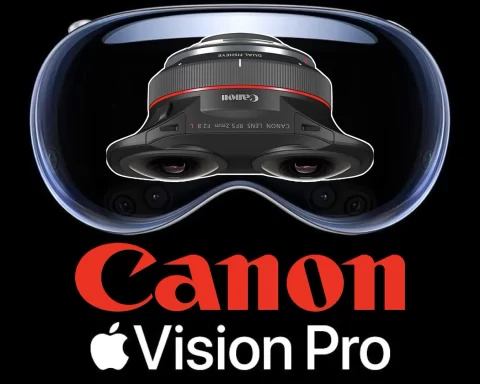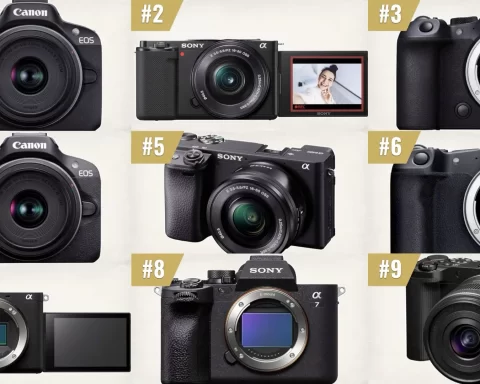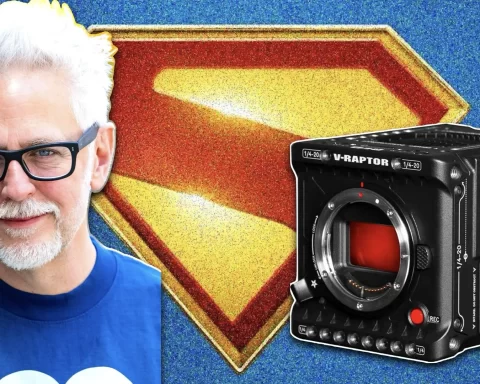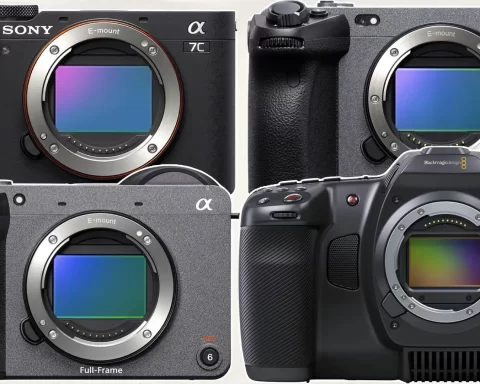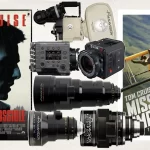Director Michael Mann and DP Erik Messerschmidt needed a bunch of cinema cameras to be attached to very fast cars. Hence, they have decided to use a combination of RED Komodo and a prototype version of the Sony VENICE 2 Rialto 2 Extension System, to deliver these fast-epic shots from the racing tracks straight to the big screen.
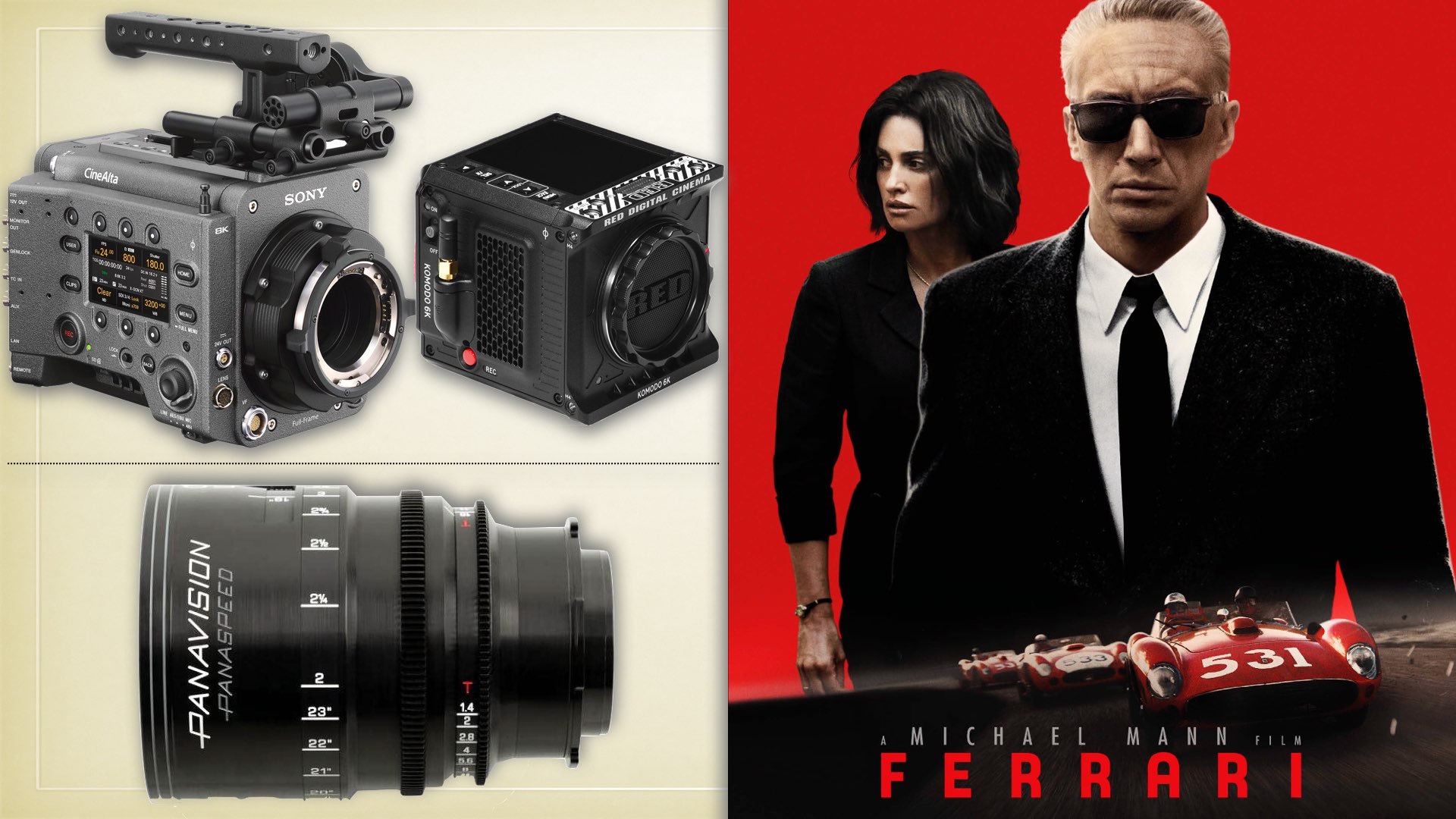
Ferrari: Directed by Mann, filmed by Messerschmidt
Ferrari is a 2023 American biographical sports drama film directed by Michael Mann. The film follows the personal and professional struggles of Enzo Ferrari, the Italian founder of the car manufacturer Ferrari during the summer of 1957. The film was originally set to premiere on the streaming service Showtime, but it was eventually released in the United States theatrically on December 25, 2023, by Neon. Principal photography led by DP Erik Messerschmidt, began on August 2022 in Modena. Filming occurred also in Brescia in early October. Production of the film wrapped in October 2022. Check out the trailer:
Shot on RED Komodo
It’s not a secret that cinematographer Eric Messerschmidt is a guru of RED cameras. We wrote about the film Devotion which was shot with “an army of R3D Komodos” (as stated by RED Digital Cinema CEO, Jarred Land). Moreover, the acclaimed Mank movie was shot on a rare camera, which is the RED Monstrochrome (Monstro 8K + Monochrome). Thus, choosing the Komodo to shoot Ferrari was logical, and that from two main advantages: Size and global shutter, which both helped in filming the fast racing sequences. The compact size of the Komodo was crucial for attaching the camera to the race car, and the global shutter was an essential factor in canceling the unwanted jello distortion caused by the rolling shutter. As stated by RED Digital Cinema: “At times during the racing sequences in ‘Ferrari,’ the camera is fixed to the body of the car itself, stuck alongside as the vehicle zooms at extraordinary speeds… ‘We had to be very conscious of weight distribution and aerodynamics’ Messerschmidt said. Their choice for these shots was a RED KOMODO camera, ‘which is about the size of a Rubik’s Cube.’ As Messerschmidt noted, ‘This would have been a very challenging film to make with a large, cumbersome motion picture camera’.Check out the BTS below:
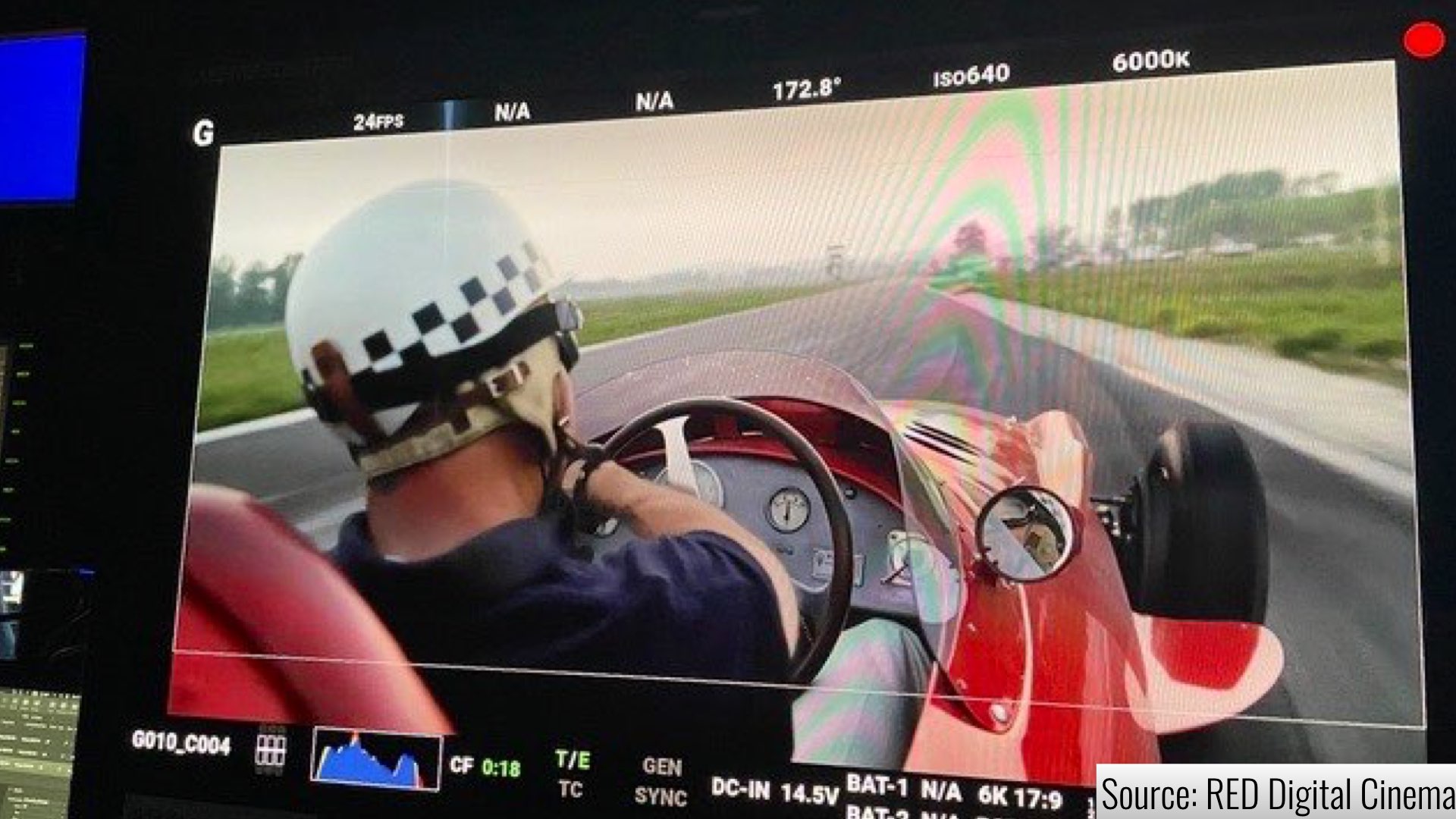
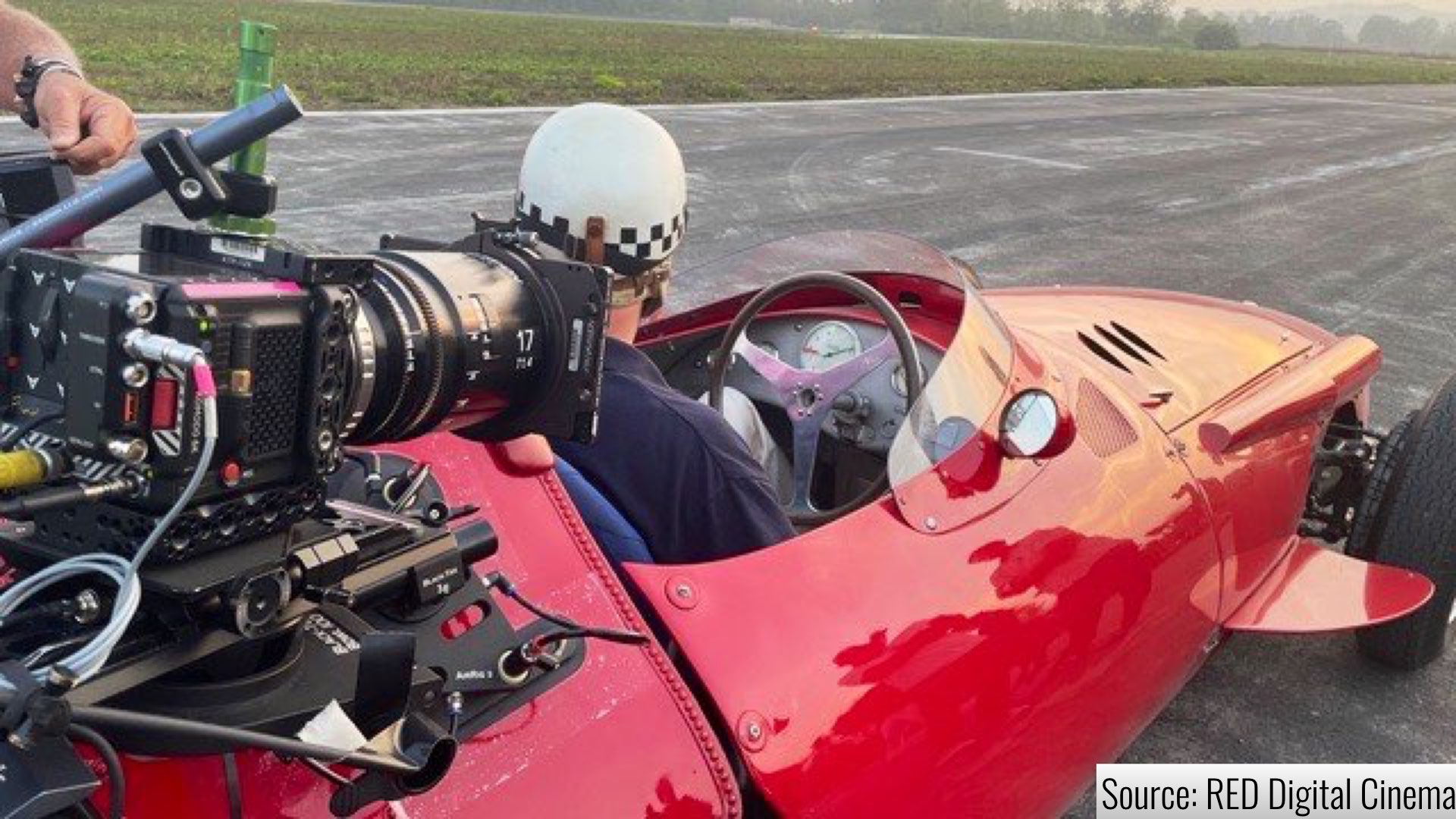
At times during the racing sequences in ‘Ferrari,’ the camera is fixed to the body of the car itself, stuck alongside as the vehicle zooms at extraordinary speeds… We had to be very conscious of weight distribution and aerodynamics. The choice for these shots was a RED Komodo camera, which is about the size of a Rubik’s Cube. This would have been a very challenging film to make with a large, cumbersome motion picture camera.
Ferrari DP – Erik Messerschmidt
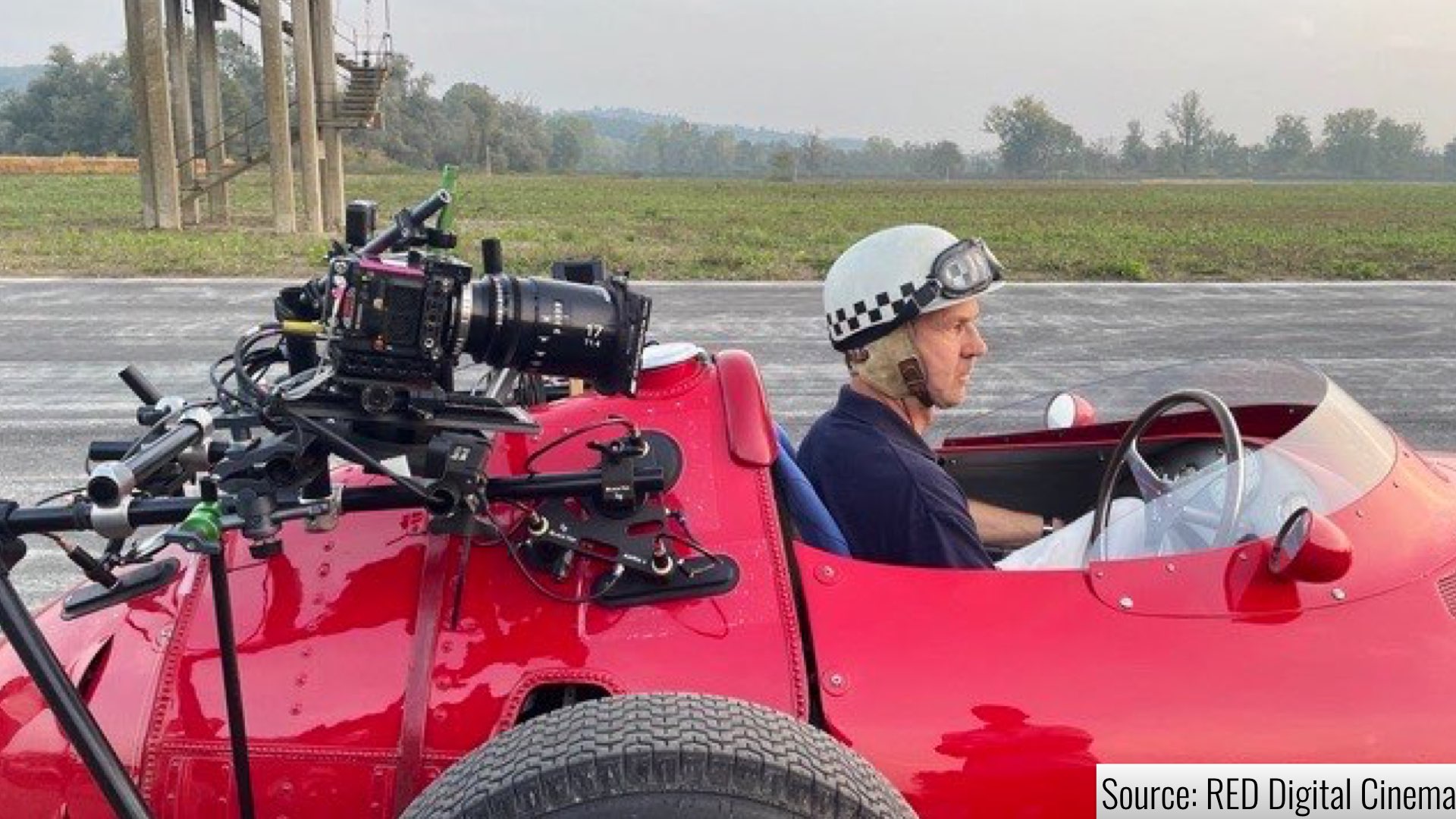
Utilizing the Rialto 2 prototype
For those with excellent memory, when launching the Extension System 2 for the VENICE Cinema Camera 8K, Sony mentioned that Messerschmidt has been shooting with the VENICE 2 Extension System on an upcoming project. He offered this feedback and stated that the VENICE 2 Rialto has been a “Huge asset that frees us to use the sensor we already love in ways we never could without it”. Now we know that this mysterious project is Ferrari. Indeed, Ferrari is among the first movies lensed with Sony’s Venice 2 camera and prototypes of the Rialto 2 extension system. “We put them all over the car,” says Messerschmidt. “We put them on the bumpers, on the front hood, on the wheel, handheld in the passenger seat, handheld outside the car on the biscuit rig. That particular system freed us up enormously, and it allowed us to be quite expressive with the camera in a way that I don’t think normally would be possible. Certainly not at that quality. We were going to be driving these cars extremely fast over kilometers of country so we needed cameras that would be lightweight and robust enough”.
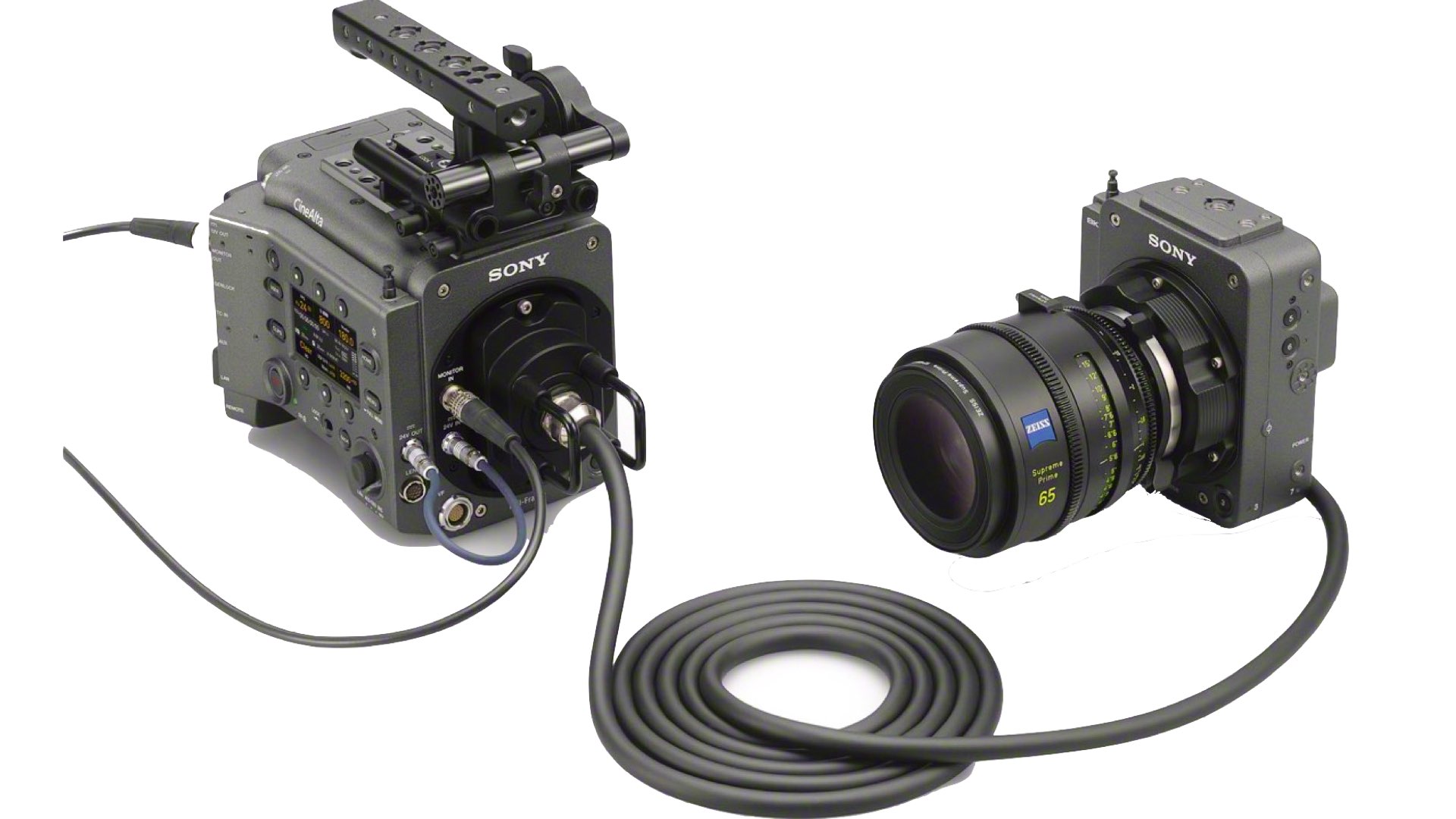
We put them all over the car. We put them on the bumpers, on the front hood, on the wheel, handheld in the passenger seat, and handheld outside the car on the biscuit rig. That particular system freed us up enormously, and it allowed us to be quite expressive with the camera in a way that I don’t think normally would be possible. Certainly not at that quality. We were going to be driving these cars extremely fast over kilometers of country so we needed cameras that would be lightweight and robust enough.
Ferrari DP – Erik Messerschmidt
The glass: Panavision Panaspeed Lenses
Most of the film was lensed using Panavision Panaspeeds, the same set that Messerschmidt had used to shoot the period war film Devotion (see above). “I love modern lenses because I like them to be consistent. I am not someone who is necessarily attracted to the idea of vintage lenses. It is hard when you change lenses and it requires a different f-stop or one lens exhibits a pink hue and the next is green. Even though you can fix it, it drives me nuts. I am definitely in a camp that appreciates modern lenses. Sometimes sharpness is an issue, but it’s nice to start at that point” he says by justifying his choice.
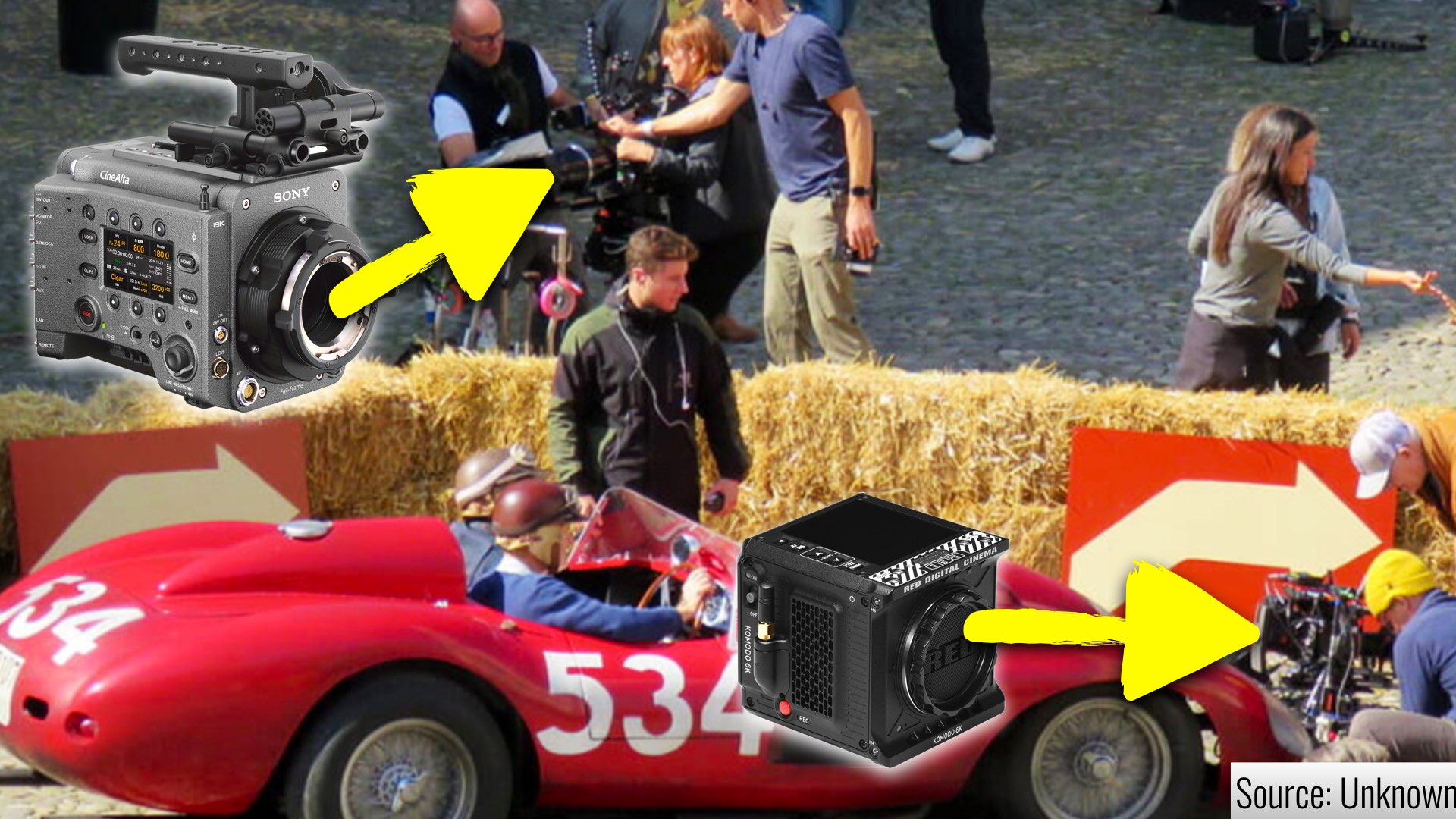
Watch the highlights of this article in the video below:
So Komodo or Rialto?
It would be interesting to explore in what scenarios Messerschmidt used the Komodo and what made him pick the Rialto for the job, as both cameras were utilized for the racing car sequences. “These Rialtos weren’t suctioned to the car they were bolted rigidly to the frame. Even with that in mind, a 25lb camera outside a body panel would significantly change the handling of the car for the stunt team, or we wanted to get the cars close to each other while cameras hanging off the side, so weight and space was a huge issue” Messerschmidt said. Hence, the Komodo was picked when a minimal weight was needed, or to facilitate aerodynamics, as the Rialto still demands the VENICE body attached somewhere close, which constitutes an extra weight for the race car. Furthermore, don’t forget the main advantage of the Komodo which is the global shutter. However, it still can be easily compared to the very fast readout of the VENICE 2. Let us know what would you pick for that kind of cinematography. Komodo, or Rialto?
Product List
Here are the products mentioned in the article, and the links to purchase them from authorized dealers.
- Red Digital Cinema Komodo-X S35 DSMC3 Camera
- Sony VENICE 2 Digital Motion Picture Camera (8K)
- Sony VENICE 2 Digital Motion Picture Camera (6K)

